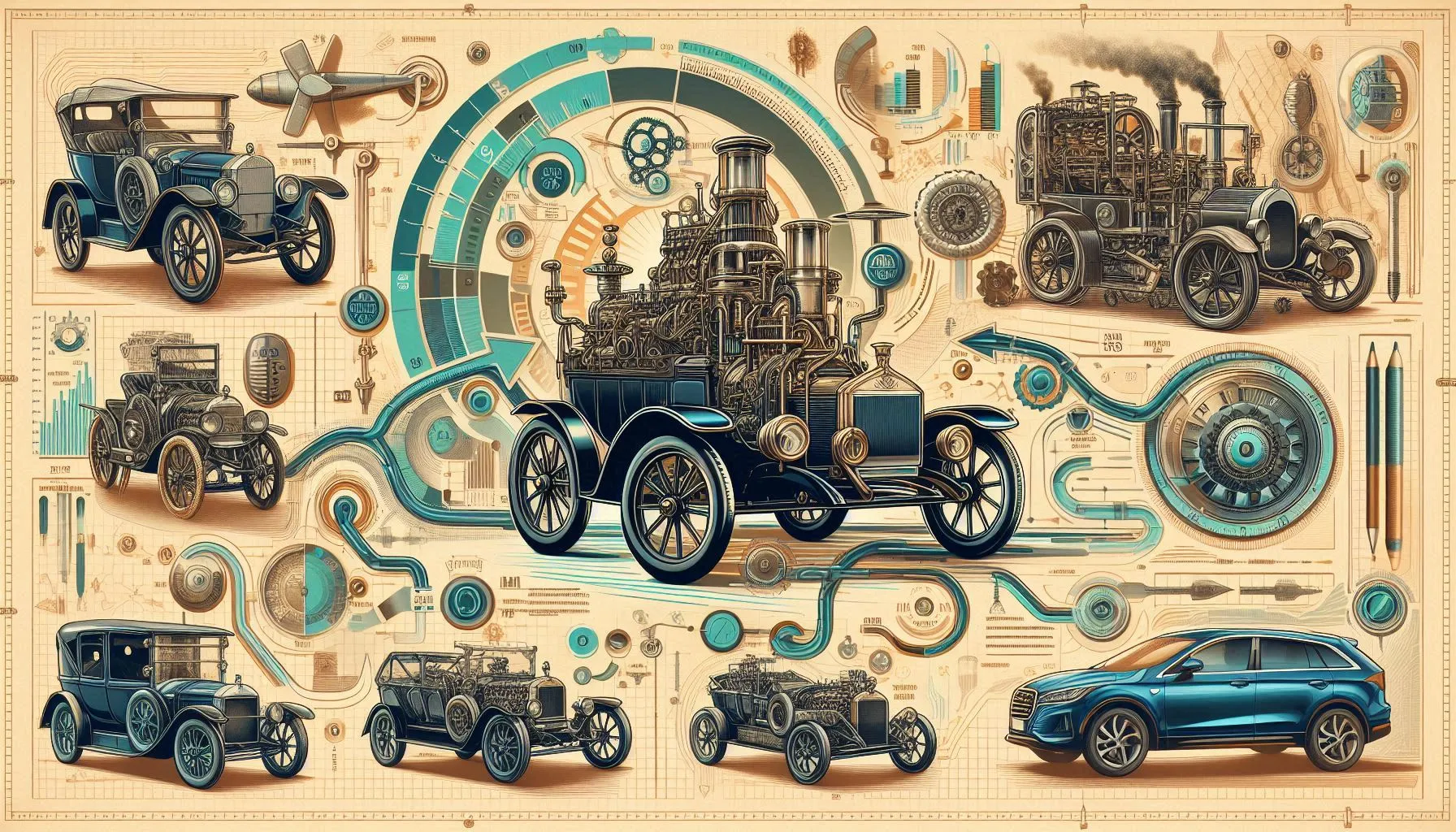
Introduction to Car Engines
Car engines serve as the heart of motor vehicles, transforming fuel into mechanical energy that propels the vehicle forward. The fundamental purpose of an engine is to facilitate this conversion process, allowing the vehicle to operate efficiently and effectively. Various types of car engines have emerged over the years, each designed to cater to different performance, efficiency, and environmental needs. The basic mechanics of car engines involve complex systems of combustion, cycles, and components that work in unison to generate power.
Historically, the evolution of car engines has played a pivotal role in shaping the automobile industry as we know it today. The early car engines, such as the steam engine and internal combustion engine, marked significant milestones and innovations. As technology advanced, different car engines were developed, including gasoline, diesel, hybrid, and electric engines, each representing a unique approach to energy generation. These innovations not only improved vehicle performance but also addressed growing environmental concerns related to emissions and fuel consumption.
In the modern context, car engines are not just vital for personal transportation; they are also integral to various industries, including agriculture, construction, and public transport. Understanding the types of engines available and how they function is essential for consumers, manufacturers, and engineers alike. As we explore the intricacies of car engines throughout this guide, we will delve into the different car engines and types, examining their mechanics and applications, while considering the technological advancements that continue to influence their development. This comprehensive overview lays the groundwork for a deeper appreciation of the machines that significantly impact mobility and industry in today’s world.
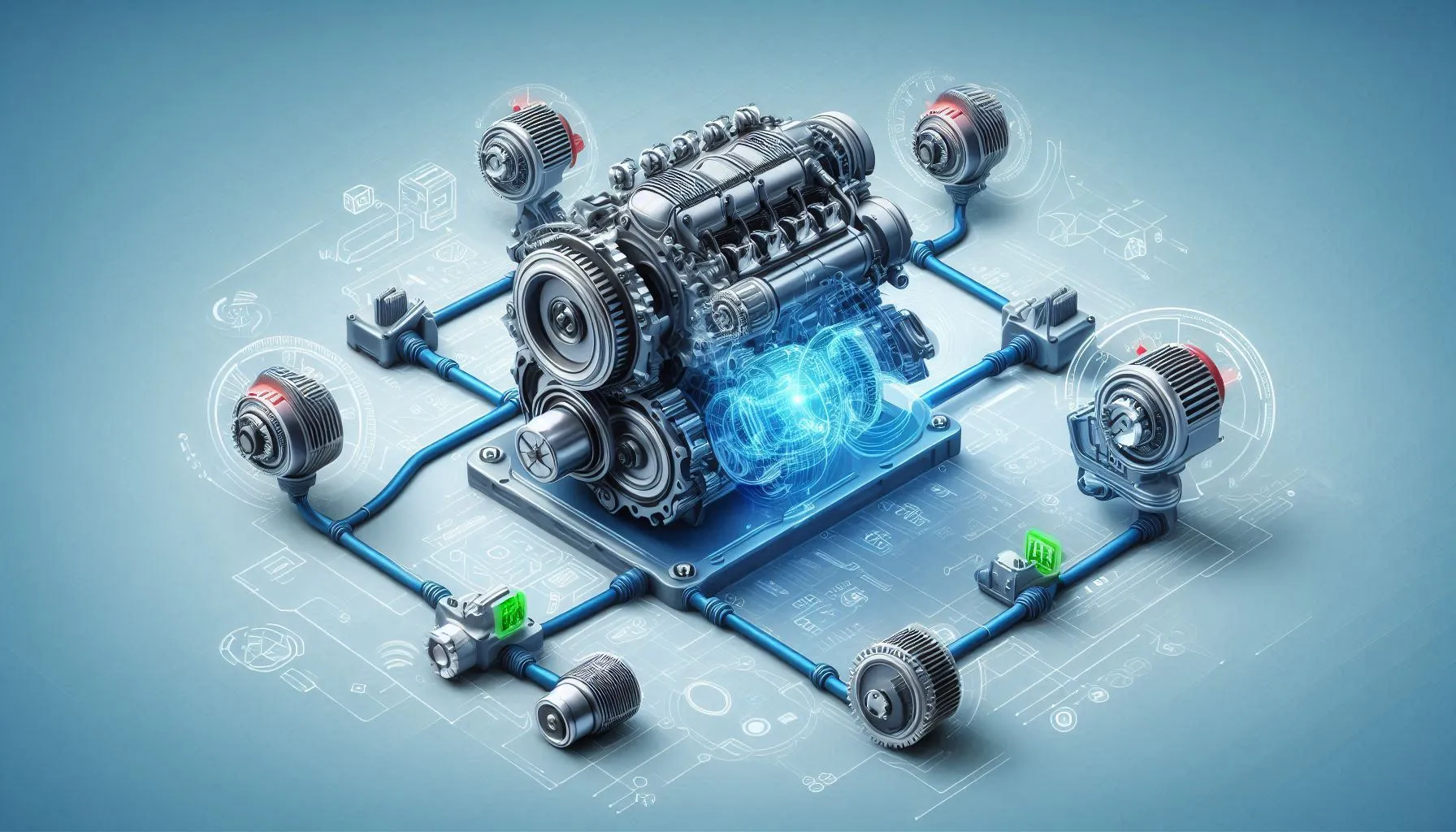
History of Automobile Engines
The history of automobile engines is a fascinating journey that spans over a century, marked by innovation and technological advancements. The inception of car engines can be traced back to the late 19th century, when the first practical automobile engines emerged. These early engines were predominantly steam-powered, representing one of the first attempts to combine propulsion technology with vehicle design. However, steam engines had their limitations, including long warm-up times and a lack of fuel efficiency, which soon led to the exploration of alternative power sources.
By the turn of the 20th century, internal combustion engines had begun to dominate the automotive landscape. Pioneers such as Karl Benz and Henry Ford played pivotal roles in this transition. Benz is often credited with developing the first gasoline-powered vehicle, while Ford revolutionized manufacturing with the assembly line, making car engines more accessible to the general public. The internal combustion engine’s compact design and higher efficiency compared to steam engines fueled its widespread adoption, leading to the mass production of automobiles.
The evolution of car engines continued into the mid-20th century with the introduction of diesel engines, which provided a more robust power source for larger vehicles such as trucks and buses. Furthermore, as concerns over environmental impact grew, the automotive industry began shifting focus toward electric engines in the latter part of the century. Significant advancements in battery technology, such as lithium-ion batteries, have made electric engines a viable alternative to traditional internal combustion engines. This transition highlights a growing trend towards sustainability within the automotive realm.
Throughout the years, the design and efficiency of different car engines have undergone substantial changes. This historical progression showcases how innovation and necessity have driven the development of automobile engines, shaped not only the automotive industry but also influenced various sectors reliant on transportation.
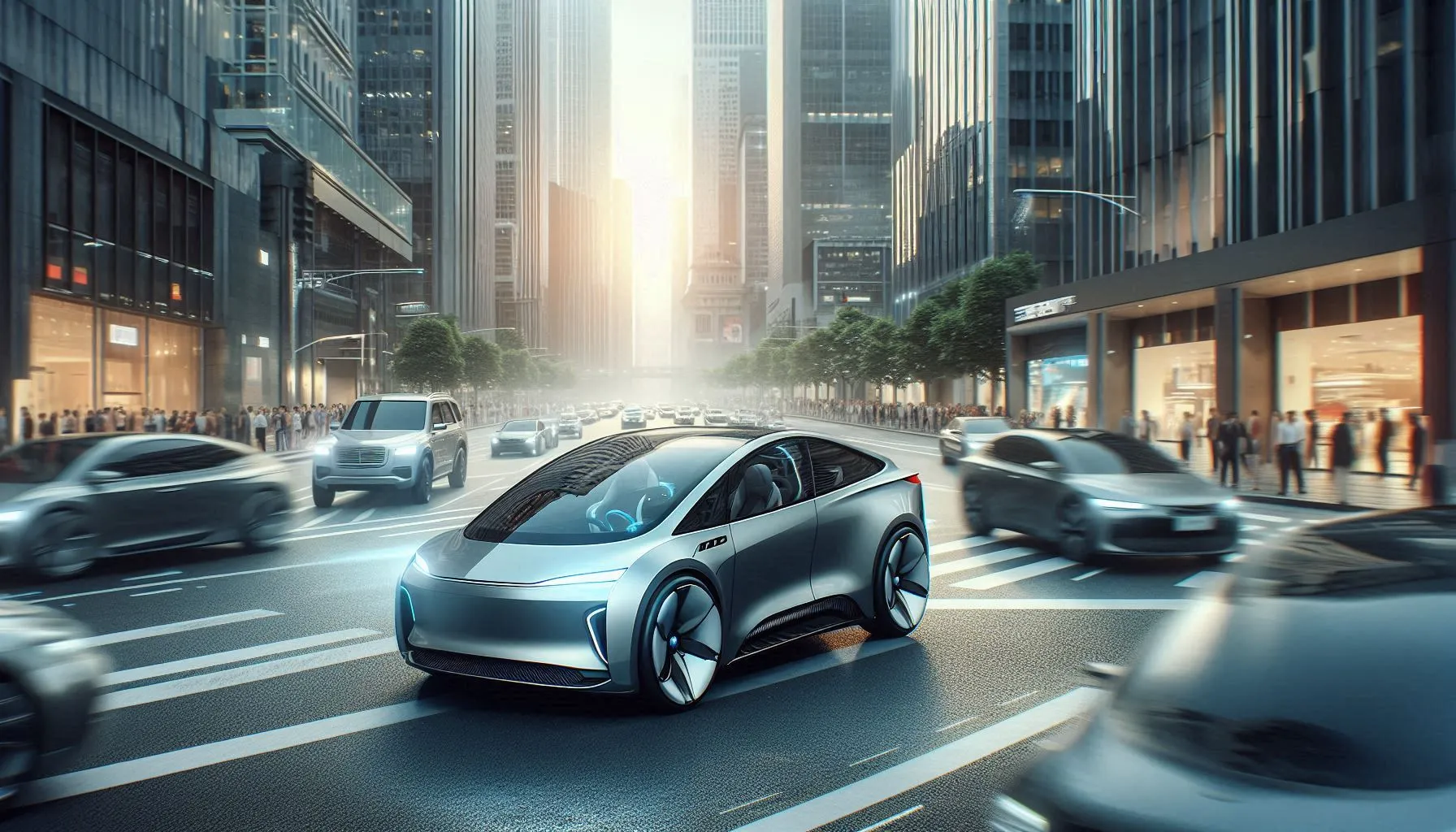
Types of Car Engines: An Overview
The landscape of car engines is diverse, reflecting technological advancements and varying consumer needs. Understanding the different car engines and types of engines is essential for both car enthusiasts and potential vehicle buyers. This overview categorizes the main types of engines currently found in vehicles.
Firstly, we have Internal Combustion Engines (ICE), which are perhaps the most traditional form of car engines. These engines operate on the principle of burning fuel—typically gasoline or diesel—inside a combustion chamber. This burning process generates energy, which moves the pistons and powers the vehicle. ICEs can be further divided into categories based on their configuration: inline, V-type, or rotary engines, each offering different performance characteristics.
Next, electric engines represent a significant shift in automotive technology. Unlike their internal combustion counterparts, electric engines use electric motors powered by batteries to propel the vehicle. This transition towards electric engines not only aims to reduce emissions but also eliminates the need for fossil fuels, showcasing a growing trend in the automotive industry towards sustainable options.
Furthermore, hybrid engines combine the best of both worlds, integrating both an internal combustion engine and an electric motor. This type of engine optimizes fuel efficiency by allowing vehicles to switch between power sources as needed, thus enhancing performance without compromising on energy consumption.
Additionally, emerging technologies like hydrogen fuel cell engines are also gaining traction. These engines generate electricity through a chemical reaction between hydrogen and oxygen, emitting only water vapor as a byproduct, further highlighting the evolution in car engines design focused on environmental consciousness.
In this diverse realm of car engines, each type showcases unique benefits and challenges. By understanding these different car engines and their functionalities, consumers can make informed decisions regarding their driving needs and preferences.
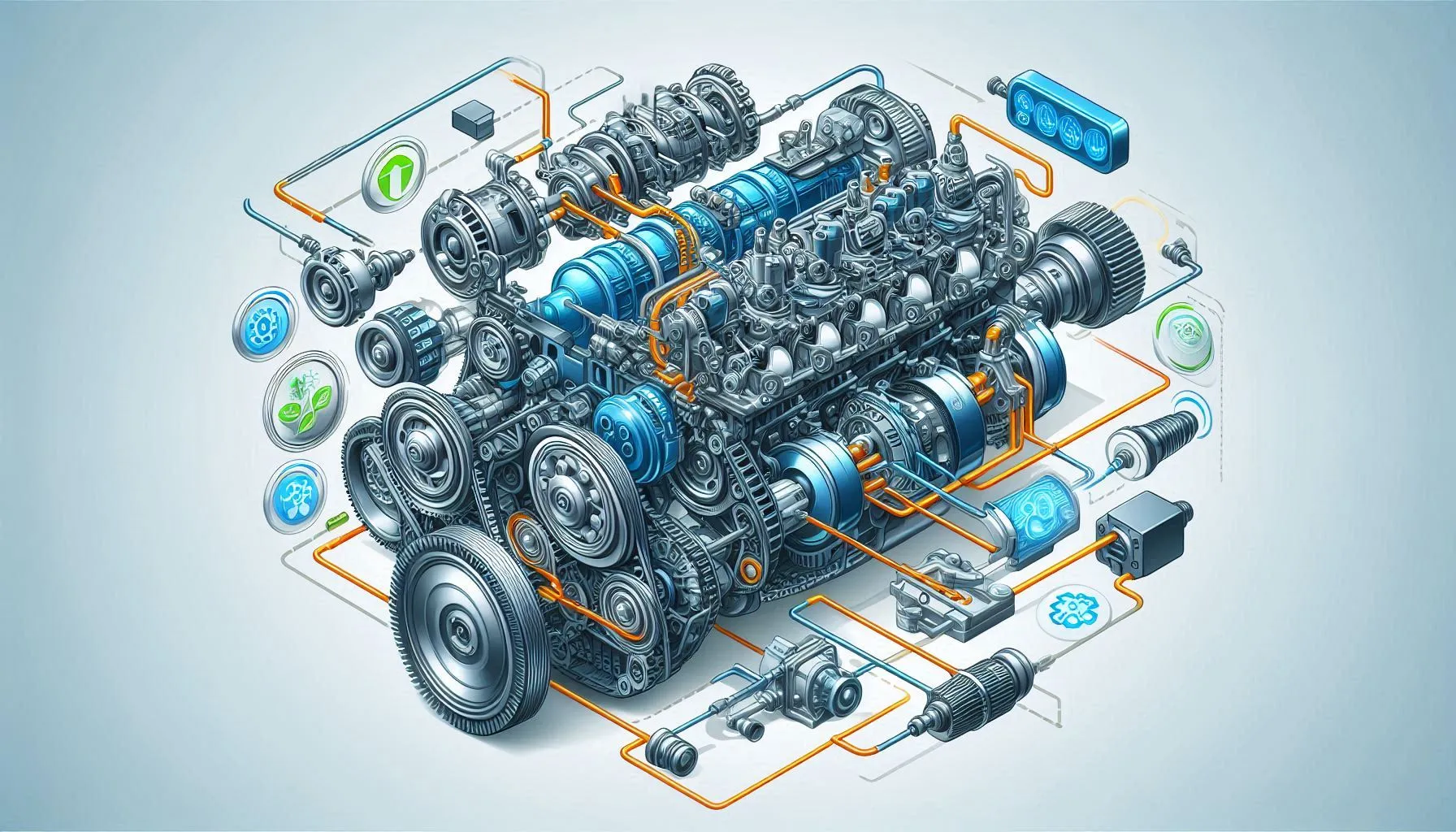
Internal Combustion Engines: The Traditional Powerhouses
Internal combustion engines (ICEs) have long been the backbone of the automotive industry, powering a vast array of vehicles across the globe. These engines operate on the principle of burning fuel within a combustion chamber, which generates power to propel the vehicle. The traditional variants of ICEs can be categorized primarily into three types: gasoline, diesel, and rotary engines.
Gasoline engines are perhaps the most common form of internal combustion engines found in cars today. They operate on the Otto cycle, where a spark plug ignites a mixture of air and fuel, resulting in a series of controlled explosions that drive the pistons. One of the key advantages of gasoline engines is their smooth operation and relatively high-speed capabilities. However, they tend to be less fuel-efficient than their diesel counterparts and produce higher emissions, which can be a concern in terms of environmental impact.
Contrarily, diesel engines work on the principles of the Diesel cycle, utilizing compression to ignite the fuel-air mixture. This process results in higher fuel efficiency and durability, making diesel engines particularly well-suited for heavier vehicles like trucks and buses. However, the combustion temperature in diesel engines can lead to the generation of nitrogen oxides and particulates, which can contribute to air pollution.
Additionally, rotary engines, or Wankel engines, represent an alternative design, characterized by their compact and lightweight structure. They use a triangular rotor that spins within a housing, leading to fewer moving parts. While offering high power-to-weight ratios, rotary engines may face challenges in fuel consumption and emissions reduction compared to traditional piston engines.
Various industries employ ICEs, primarily in transportation, agriculture, and construction. Despite the growing interest in electric and hybrid alternatives, internal combustion engines continue to dominate due to their established infrastructure and performance capabilities. In conclusion, understanding the intricacies of different car engines can provide invaluable insights into their applications and continued relevance in today’s automotive landscape.
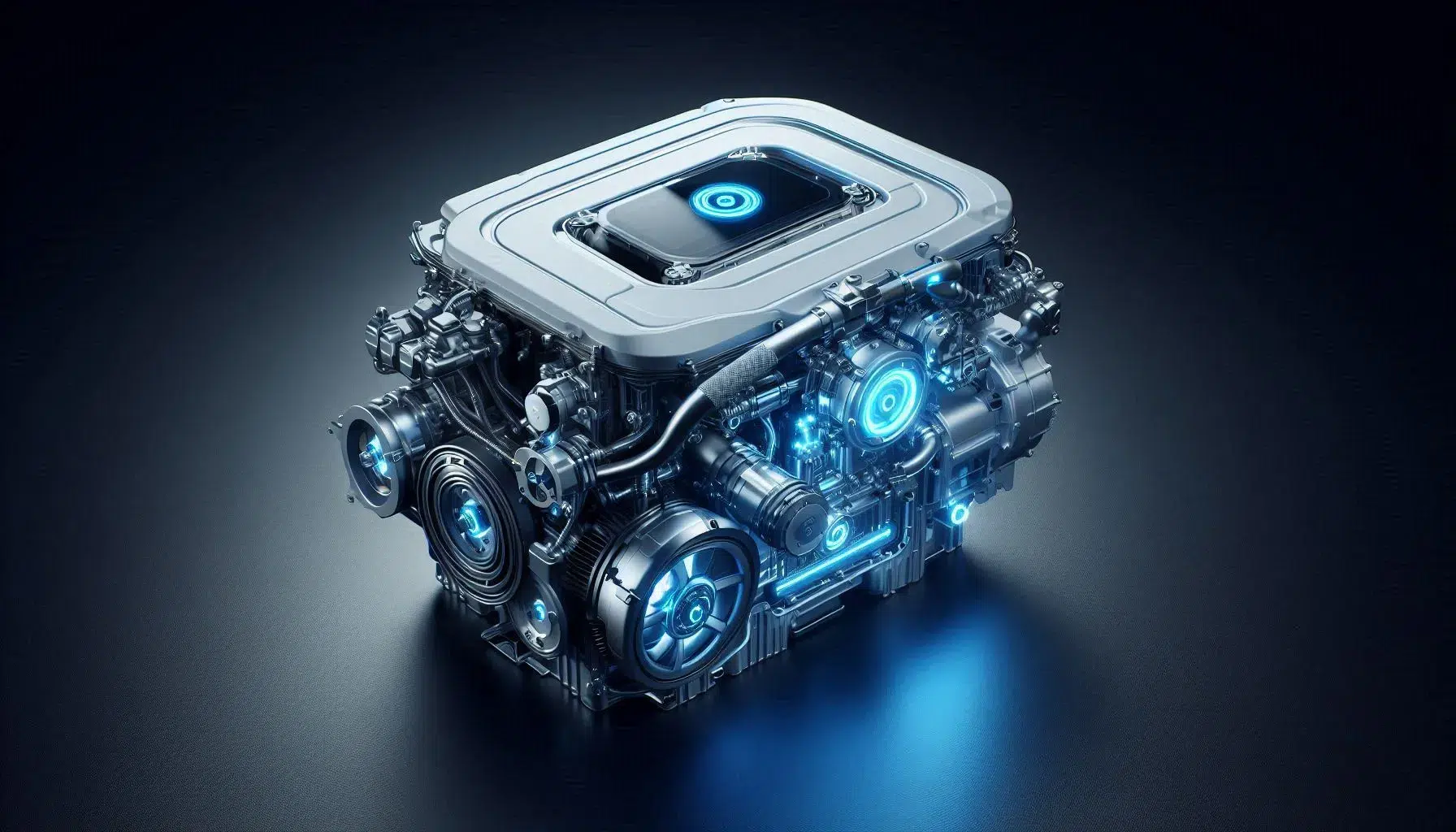
Electric Engine Technology: The Rise of Sustainable Mobility
The automotive industry is witnessing a significant transformation with the rise of electric engines. These engines operate primarily through an electric powertrain that consists of electric motors and rechargeable batteries, differentiating them from traditional internal combustion engines. The absence of fossil fuel consumption in electric vehicles (EVs) marks a pivotal shift towards sustainable mobility, contributing to the reduction of greenhouse gas emissions and air pollutants.
At the core of electric engines are advanced battery technologies that store and supply energy to the electric motor. Lithium-ion batteries, known for their high energy density and efficiency, are commonly utilized in many modern EVs. Additionally, regenerative braking systems contribute to energy efficiency by converting kinetic energy back into stored energy, thus enhancing the overall performance of different car engines using this technology.
One of the primary advantages of electric engines over their gasoline and diesel counterparts is their environmental impact. They produce zero tailpipe emissions, which is particularly beneficial in urban areas plagued by pollution. Furthermore, the operational costs of EVs tend to be lower due to fewer moving parts, resulting in reduced maintenance expenses and significant fuel savings. As more consumers recognize these benefits, the electric vehicle market is rapidly expanding.
Current trends indicate a dramatic increase in the adoption of electric engines across various sectors. Major automotive manufacturers, such as Tesla, Nissan, and Volkswagen, are investing heavily in EV technology, pushing the industry towards a more sustainable future. Additionally, governments around the world are rolling out incentives to encourage the transition from traditional vehicles to electric options, further boosting the growth of the EV market. The convergence of technological advancements and favorable regulatory environments suggests that the future of mobility is leaning towards electric engines and sustainability.
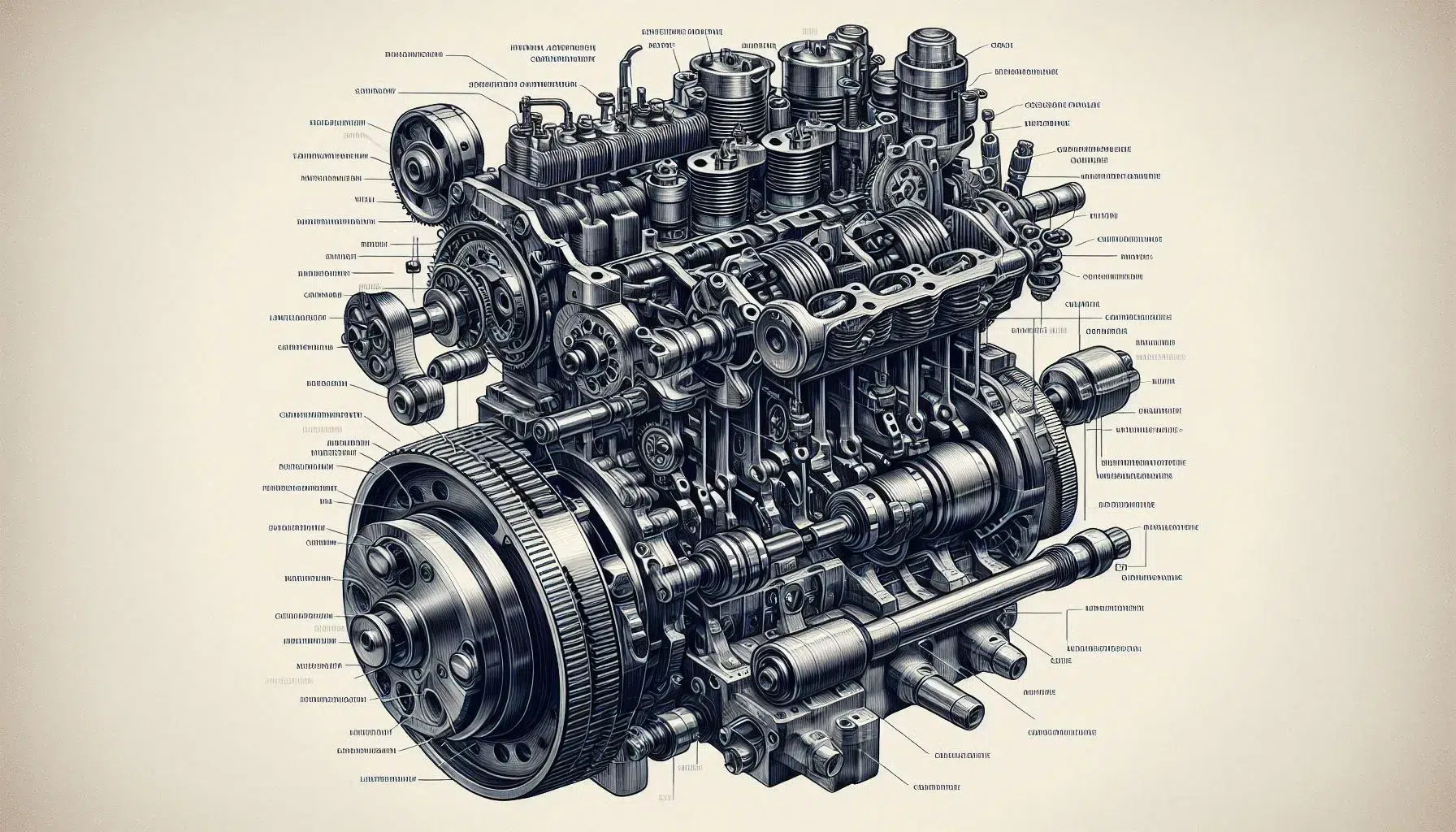
Hybrid Engines: The Best of Both Worlds
Hybrid engines represent a significant advancement in automotive technology, merging the strengths of internal combustion engines with electric propulsion systems. This innovative design aims to enhance fuel efficiency while reducing emissions, making it an appealing option for environmentally conscious consumers. A typical hybrid vehicle incorporates both an internal combustion engine and an electric motor, enabling it to switch between or simultaneously utilize both power sources depending on driving conditions.
The functionality of hybrid engines begins with the vehicle’s ability to harness energy through various means. When the car operates at lower speeds, such as in urban areas, the electric motor is primarily engaged, allowing for a quieter, emission-free driving experience. Upon acceleration or traveling at higher speeds, the internal combustion engine kicks in, providing additional power. This seamless transition between different car engines not only optimizes performance but also enhances fuel efficiency, thereby contributing to reduced fuel consumption compared to conventional vehicles.
Many popular models on the market, such as the Toyota Prius and Honda Insight, exemplify the efficacy of hybrid technology. These vehicles showcase advanced hybrid systems designed to improve overall performance while also emphasizing sustainability. In many cases, these hybrid engines can achieve fuel efficiency ratings that significantly exceed their gasoline-only counterparts.
The future potential of hybrid technology is promising, as manufacturers continuously develop improved systems to enhance efficiency, power, and overall performance. With ongoing advancements in battery technology, energy recovery systems, and electric motor designs, hybrid engines are expected to play a vital role in the evolution of automotive propulsion. As the automotive industry shifts toward more sustainable solutions, differentiating between various car engines will become increasingly important, with hybrids likely remaining a popular choice in the quest for cleaner transportation options.
Engines in Different Industries: A Diverse Application
The utilization of car engines extends well beyond personal vehicles, significantly impacting various industries. In the commercial sector, car engines are found in heavy-duty vehicles like trucks and buses. These vehicles require robust engines designed for durability and efficiency, capable of handling substantial loads and long distances. For instance, diesel engines are commonly employed in these applications due to their fuel economy and torque characteristics, making them ideal for transportation and logistics.
Moreover, motorsports are another area where innovative car engine technology flourishes. Engine types in this realm are often highly specialized to achieve maximum performance and speed. For example, Formula 1 vehicles utilize hybrid power units that integrate both traditional combustion engines and electric motors. This combination not only enhances performance but also promotes eco-friendliness, representing a significant leap in engine technology within competitive racing. In this context, the development of lightweight materials and advanced aerodynamics further contributes to the efficiency and effectiveness of these engines.
Beyond conventional automotive and motorsport applications, aerospace has adopted technology derived from car engines, showcasing remarkable adaptability. Aircraft engines, while distinct from car engines, share foundational concepts such as thermodynamics and fluid mechanics. Innovations in turbocharging and fuel injection systems originally developed for high-performance cars have made their way into aviation, enhancing power-to-weight ratios and fuel efficiency in smaller aircraft. This cross-pollination of technology underscores the versatility and continual evolution of engine design across various applications.
In conclusion, the scope of car engine application is vast and varied. From commercial vehicles requiring durable engines to performance-oriented motorsport engines and innovative aerospace adaptations, the adaptability of car engines and the continuous pursuit of innovation highlight the vital role these engines play in multiple industries. The unique characteristics of different car engines contribute to their success in meeting the specific demands of each sector, showcasing the evolution and significance of engine technology.

Future Trends in Car Engine Technology
The landscape of car engine technology is evolving rapidly, driven by advancements in various fields including artificial intelligence, sustainable energy solutions, and consumer preferences. One of the most significant trends is the integration of artificial intelligence (AI) in the functionality of different car engines. AI can optimize engine performance, enhance fuel efficiency, and even predict maintenance needs, which contributes to longer engine life and improved reliability. With AI, manufacturers can analyze vast amounts of data to develop smarter and more efficient car engines.
Another transformative trend is the emergence of connected vehicles that rely on internet connectivity to gather and share data. This connectivity enables better communication between different car engines and external systems, leading to improved overall traffic management and enhanced navigation systems. Furthermore, as the automotive industry faces pressure to meet stringent emission regulations, the transition towards hydrogen fuel cells is gaining momentum. Hydrogen-powered car engines are being recognized for their potential to produce zero emissions while providing the power and range comparable to traditional combustion engines. This shift reflects both a technological innovation and a response to an increasingly eco-conscious market.
Battery technology also plays a vital role in the evolution of car engines, specifically concerning electric vehicles (EVs). Recent advancements in battery technology promise longer life spans, quicker charging times, and better efficiency. These improvements will undoubtedly influence consumer preferences, pushing them towards adopting electric and hybrid vehicles. As the demand for greener and more efficient transportation grows, engine manufacturers must adapt to these changing preferences by embracing innovative technologies and sustainable practices.
In summary, the future of car engines is poised for significant innovation with the integration of AI, connected vehicle technologies, and advancements in sustainable energy solutions. These trends not only reflect technological progress but also highlight the importance of aligning with regulatory frameworks and consumer expectations, ensuring the car engine landscape evolves to meet the needs of a changing world.
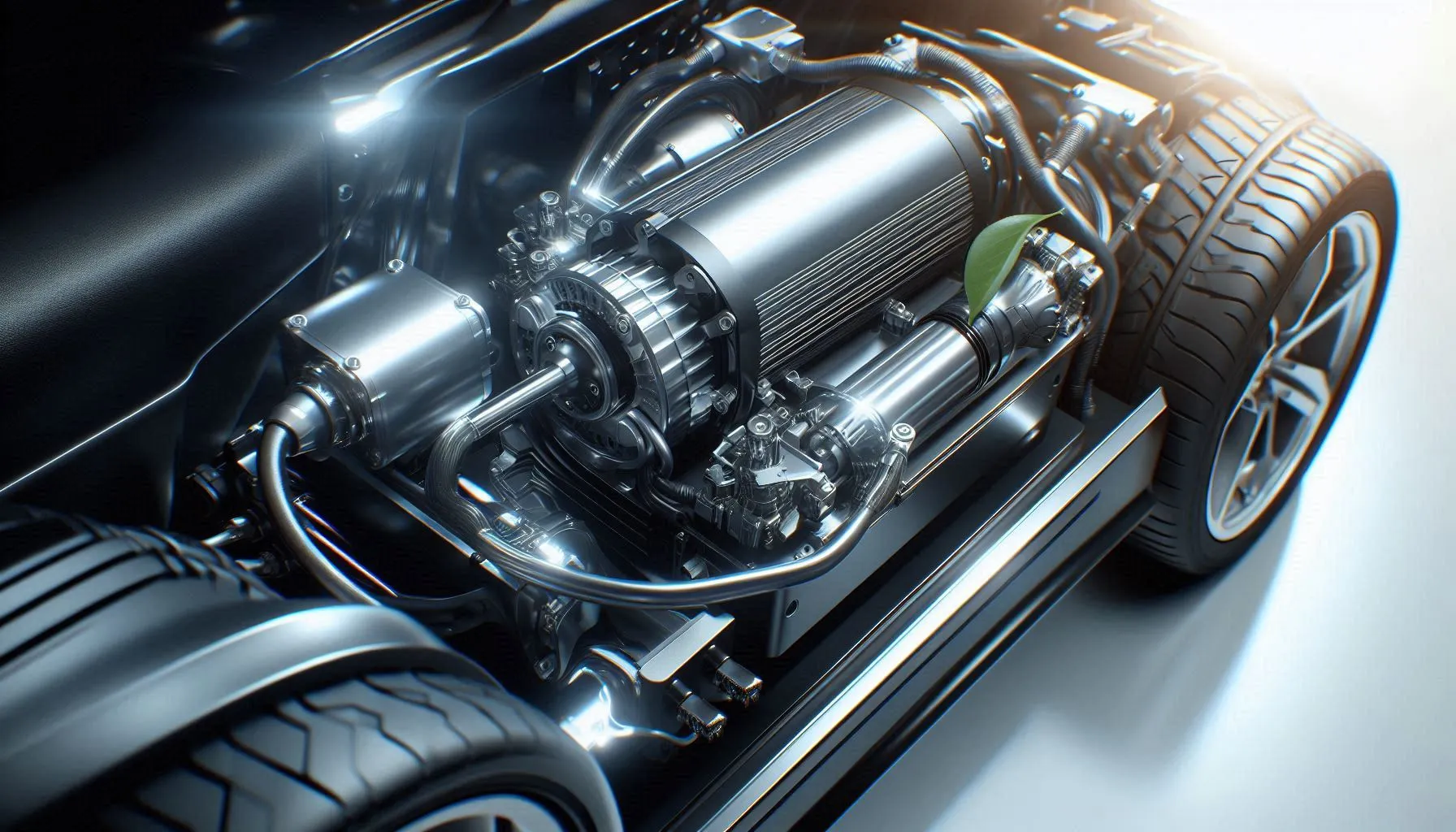
Conclusion: The Impact of Engine Technology on Our Lives
Throughout this blog post, we have explored the intricate world of car engines, examining their evolution, various types, and the significant applications across different industries. It is evident that car engines are not merely mechanical components; they serve as the heart of the automotive sector, influencing not only how vehicles operate but also how they impact our environment, economy, and day-to-day experiences.
The advancements in engine technology have led to remarkable improvements in efficiency, performance, and sustainable practices. Alternative fuel sources, such as electric and hybrid engines, represent a shift towards reducing carbon emissions and promoting sustainability in transportation. These innovations are paving the way for a future where different car engines and types are tailored to meet the diverse needs of consumers while adhering to environmental standards.
Furthermore, understanding the complexities of car engines allows consumers to make informed decisions when purchasing vehicles. It fosters a greater appreciation for the engineering marvels that power the cars we use every day. As drivers increasingly prioritize fuel efficiency, safety, and technology integration, the role of car engines in shaping these features continues to expand.
As we look towards the future, it is crucial to reflect on our interactions with car engines and acknowledge the ongoing innovations that promise to reshape the automotive landscape. The implications of engine technology extend beyond mere functionality; they influence our lifestyle choices, economic realities, and environmental footprint. This comprehensive understanding empowers us to navigate the rapidly evolving world of transportation with a critical perspective on the various types of car engines and their impact on our lives.